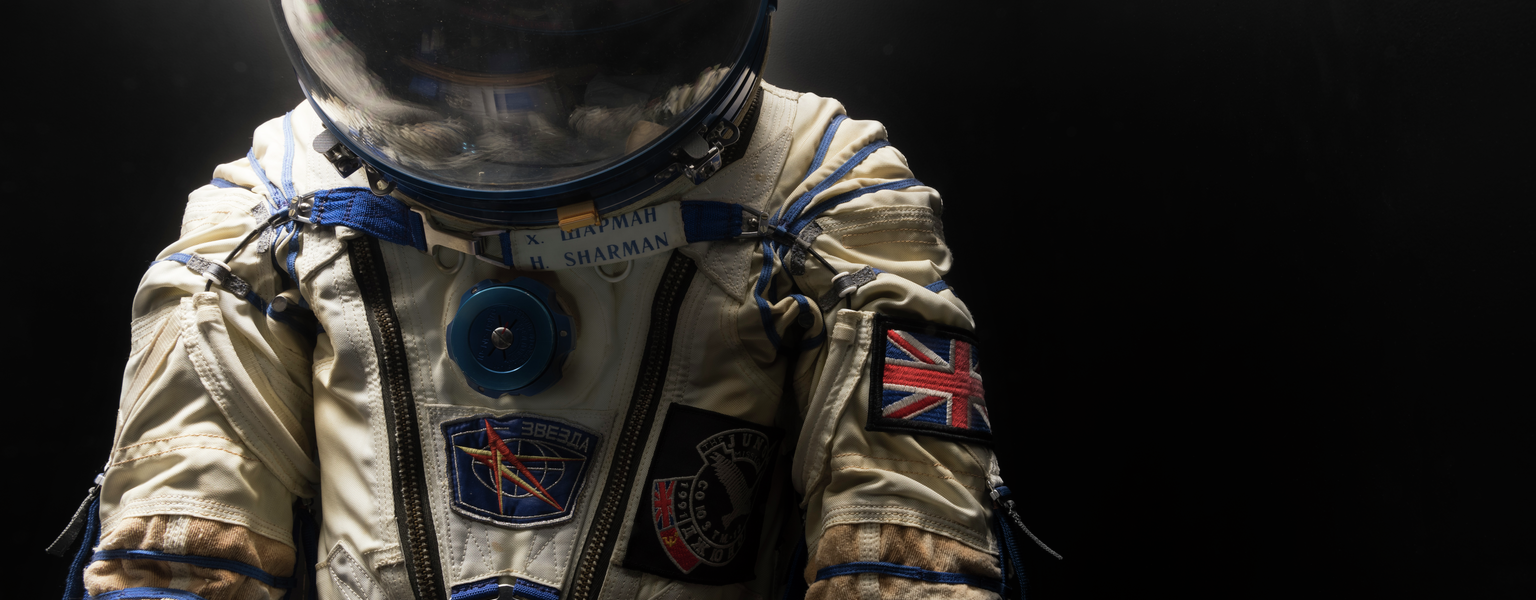The art in the Science Museum Group Collection is full of surprises.
We care for over 25,000 works, from paintings to digital installations, technical diagrams to abstract responses, portraits to landscapes.
These items are full of stories of artists and scientists interacting, inspiring or even critiquing each other.
This collection includes lots of striking portraits of people associated with the histories of science, technology, engineering and medicine, whether painted, sculpted or photographed.
They range from railway manager William Cawkwell to Mohammed Salim, an Indian bonesetter and Ada Lovelace, the computing pioneer.

However, like many art collections, we have a preponderance of portraits of dead white men.
Thankfully artists are helping to challenge these histories with whom they choose to represent and how (alongside the work of our curators and many others).
In 2018, designer Kyle Dawney responded to an invitation from Historic England’s Immortalised campaign, which encouraged people to appreciate memorials in their local area and think about how, who and why people from the past have been remembered.
The campaign asked artists, designers and architects to find new ways of remembering events, people and identities which they felt were missing from the public realm.
Many of the shortlisted figures were women.
Dawney proposed a rather unexpected portrait of astronaut Helen Sharman.

This was particularly due to controversy about her being written out of history as the first Briton in space in much of the media coverage of Tim Peake’s mission to the International Space Station in 2015.
Created by using online star-mapping programmes, Dawney’s artwork shows the stars as they would have appeared over Sheffield (Sharman’s home city) on 18 May 1991, the date Sharman launched into space on the Soyuz TM-12 mission.
The artwork was made by cutting the stars into a layer of matte black vinyl over a circular mirrored surface. This matte surface reflects little light and so evokes the blackness of space.

Sharman, a trained chemist, responded to a radio advertisement asking for applicants to be the first British space explorer in 1989.
She was selected for the Project Juno mission ahead of 13,000 other applicants live on ITV, on 25 November that year.
After 18 months of training, Sharman joined the Soyuz TM-12 mission, with Soviet cosmonauts Anatoly Artsebarsky and Sergei Krikalev.
Sharman spent eight days in space, living onboard the Mir space station. Following her mission, Sharman’s spacesuit was added to the Science Museum Group Collection.
Earlier this year, the Science Museum Group acquired Dawney’s thoughtful portrait of Sharman for our national collection, with thanks to Historic England.
The portrait captures a moment of star gazing – something many of us are finding ourselves doing more at the moment – but more importantly commemorates a pivotal moment in the history of European, British and female space exploration.
Gazing into the portrait’s mirrored depths we might all dream ourselves in Sharman’s shoes, almost exactly 29 years since she took that giant leap for womankind.
Explore the artworks we care for through our online collection, articles about art and science (Sociable Science, Troubled Horizons and Meaningful Matter) or by listening to our BBC Radio Four series.
